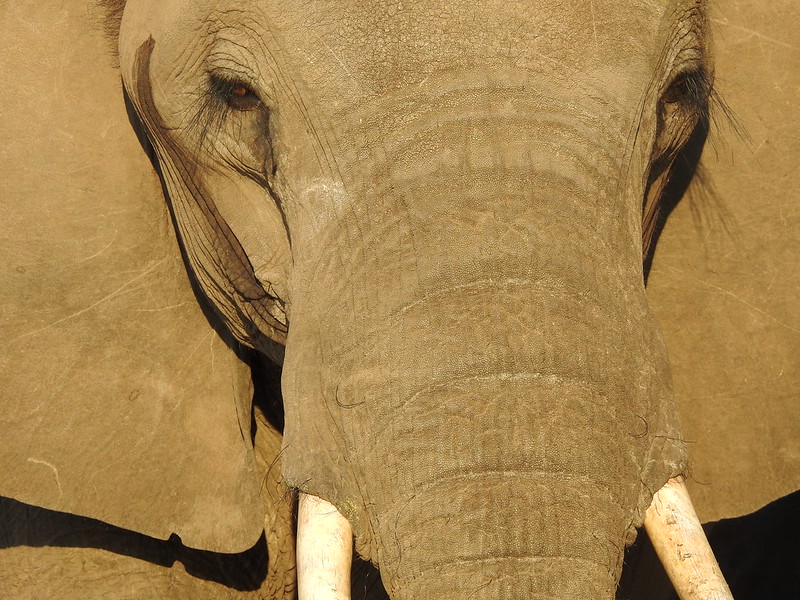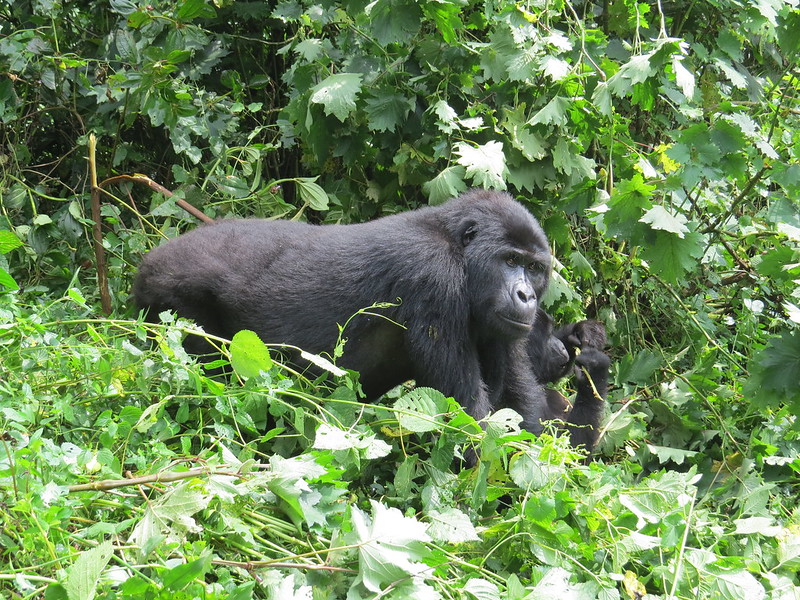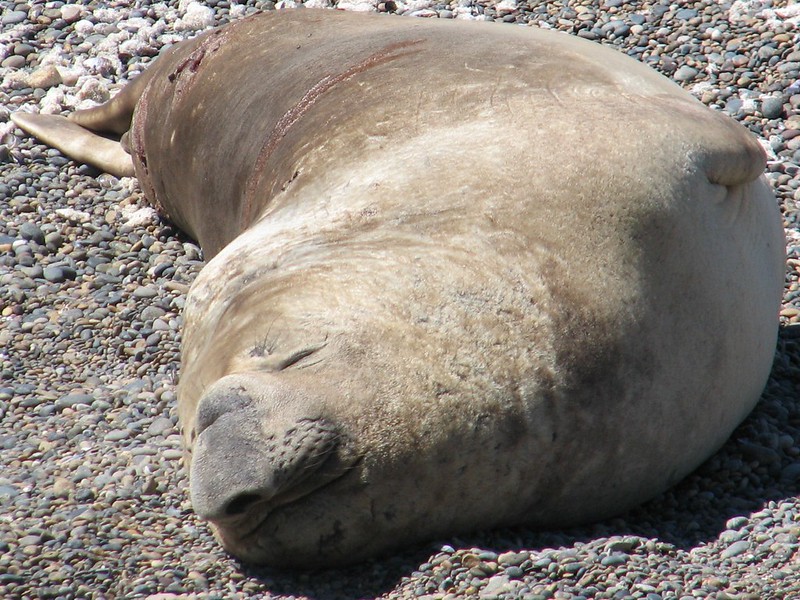Blog Connections
Mammal WHS
Finland this week announced to submit “Saimaa ringed seal habitats in Lake Saimaa archipelago” to its Tentative List. It protects the Saimaa ringed seals, among the most endangered seals in the world with a total population of only about 400 individuals. Thanks to Sjobe we were discussing it at the Forum. Could this be the first time a WHS would aim at protecting a single subspecies? I believe so – WHS protecting named mammal species aren’t that common in general and focusing on an almost extinct subspecies is unheard of.
Below I will discuss the relationship between mammals and WHS, in ascending order of importance: from (relatively special) mammal species that occur in WHS to ones that are part of the OUV of their WHS, from "flagship species" to mammals that even made it into the name of the WHS.

4. WHS with a mammal connection
We do already have individual connections for the following mammal species / families: Anteaters, Bears, Bovines, Chimpanzees, Elephants, Gorillas, Gray wolves, Jaguar, Otters, Rhinos, River dolphins, Seals(!), Siraneans, Sloths, Snow leopards, Strepsirrhini, Tapirs, Tigers and Whales. Each of these connects between 6 (gorillas and river dolphins) and 63 (bears) WHS where the named mammal can be found in the wild. Over the past days I checked and updated them all, clarifying descriptions, removing connected sites (such as the perished rhinos of Mana Pools, which were part of its OUV) and adding connected sites mostly to the Bovines.
A family of less obvious mammals is the Bat. These flying creatures can be found in a number of WHS as well, so I created a new Bat connection that links WHS Notable for bats. It includes for example the Wrinkle-lipped free-tailed bat of Gunung Mulu, the Lesser Long-Nosed Bat of El Pinacate and the Philippine pygmy fruit bat of Mount Hamiguitan.
3. WHS where a mammal species is part of its OUV
Criterion X is the selection criterion to meet when proving Outstanding Universal Value (OUV) for mammal species and their habitats. Its definition is “to contain the most important and significant natural habitats for in-situ conservation of biological diversity, including those containing threatened species of outstanding universal value from the point of view of science or conservation.”
156 WHS are based on that criterion X and in 95 of them one or more mammal species are named - usually the big and iconic species.
There is also value attributed to lesser known mammal species. These include for example: the Jamaican coney (a rodent) in the Blue and John Crow Mountains, the Hastings River Mouse in the Gondwana Rainforests, the Bush Dog in Iguacu, the black-faced lion tamarin in the Atlantic Forests South-East and the Dingiso tree kangaroo in Lorentz NP.

2. WHS with mammal "flagship species" and last resorts for specific mammals
A special subcategory here comproses the “flagship species”, a species selected to act as an ambassador, icon or symbol to represent its environmental cause. “Flagship species are charismatic animals that capture the public's imagination, and encourage people to support conservation projects.” Parati for example has the Southern Muriqui, a woolly spider monkey. Hubei Shennongjia has the Golden snub-nosed monkey. Other WHS even claim to have multiple flagship species, which by definition would be hard – only one ship can be the flagship and lead.
Similar to the Saimaa ringed seal, some WHS are the last resorts for a certain mammal species. Ujung Kulon has the Javan rhino (only ca. 60 are left), Rio Abiseo the Yellow-tailed Woolly Monkey, Fanjingshan the Guizhou Snub-nosed Monkey, Sangay NP the Mountain Tapir.

1. WHS where a mammal species is part of its full name
The highest honour a mammal can get is to be included in the full name of the WHS. I’ve found 5 occurrences of these:
- Chiribiquete National Park – “The Maloca of the Jaguar”
- Wood Buffalo National Park
- Sichuan Giant Panda Sanctuaries - Wolong, Mt Siguniang and Jiajin Mountains
- Okapi Wildlife Reserve
- Whale Sanctuary of El Vizcaino
(Plus there is of course the legendary Head-Smashed-In Buffalo Jump, but Buffalo do not live there anymore in the wild)
The Saimaa ringed seal would fall into all 4 categories mentioned above, so this tentative Finnish WHS would certainly become a special addition to the World Heritage List.
Els - 15 November 2020
Comments
Juha Sjoeblom 16 November 2020
Good post, nothing to add here. Just a small linguistic note. Russian word nerpa and Finnish norppa look very similar because nerpa is a borrowing from Finnic languages. A good reminder of interaction of these two languages that are not related with each other.
Frédéric M 16 November 2020
Great post! I think that one mammal related site worth mentioning would be the Gulf of California, which was inscribed on the danger list because of the declining vaquita population.
Els Slots 15 November 2020
I saw it at the museum aquarium as well (Sept 2019) - like a goldfish in a bowl, very sad.
Jarek Pokrzywnicki 15 November 2020
Michael, it is very difficult to spot nerpa in Baikal Lake as the animal is very shy (it tries to avoid human populated places). Anyway, there is a small museum in Listwianka (Baikal Museum) where you can see nerpa in aquarium - at least it was possible to the animal when I was there (June, 2008)
Els Slots 15 November 2020
No I did not see any, you really have to go and look for them at specific spots.
Michael Ayers 15 November 2020
Nice post, Els. I haven't had much of an opportunity to see any interesting mammals for several months, but I may have some more chances before the year is out, if things work out.
Did you see any Nerpa when you went to Lake Baikal? That's another species which I really wanted to see, but won't have a chance now...